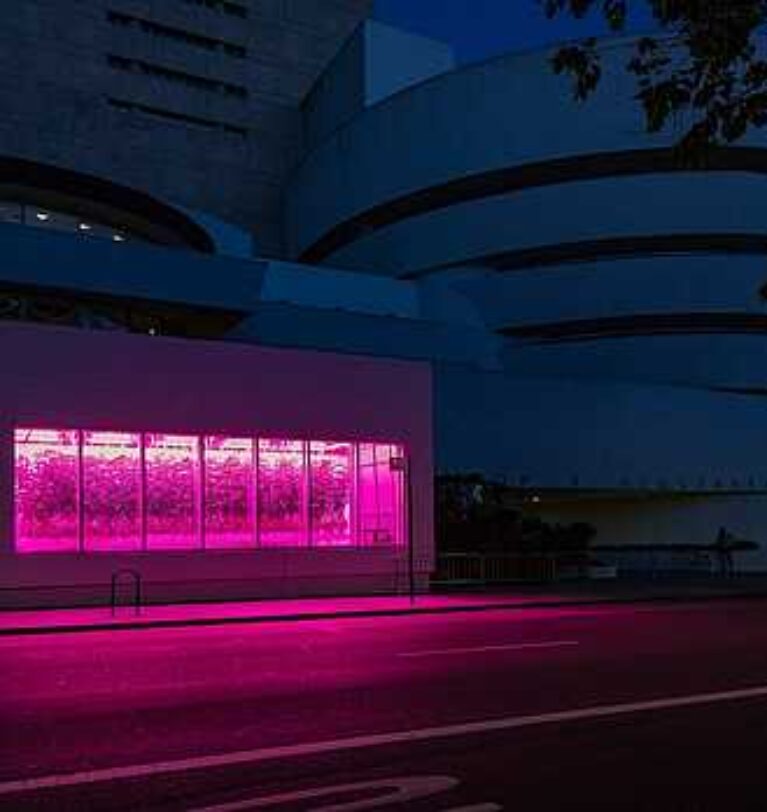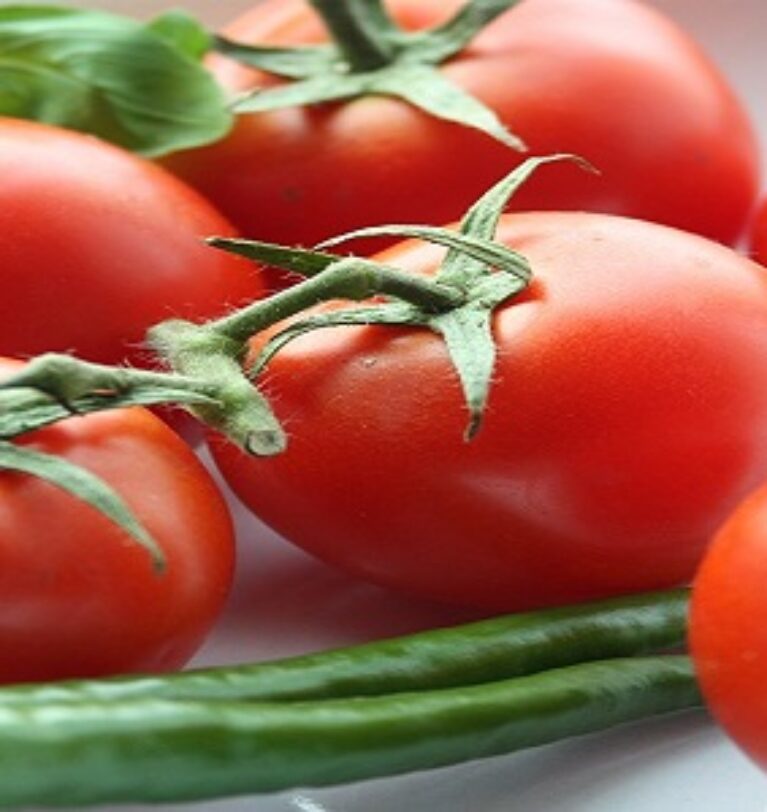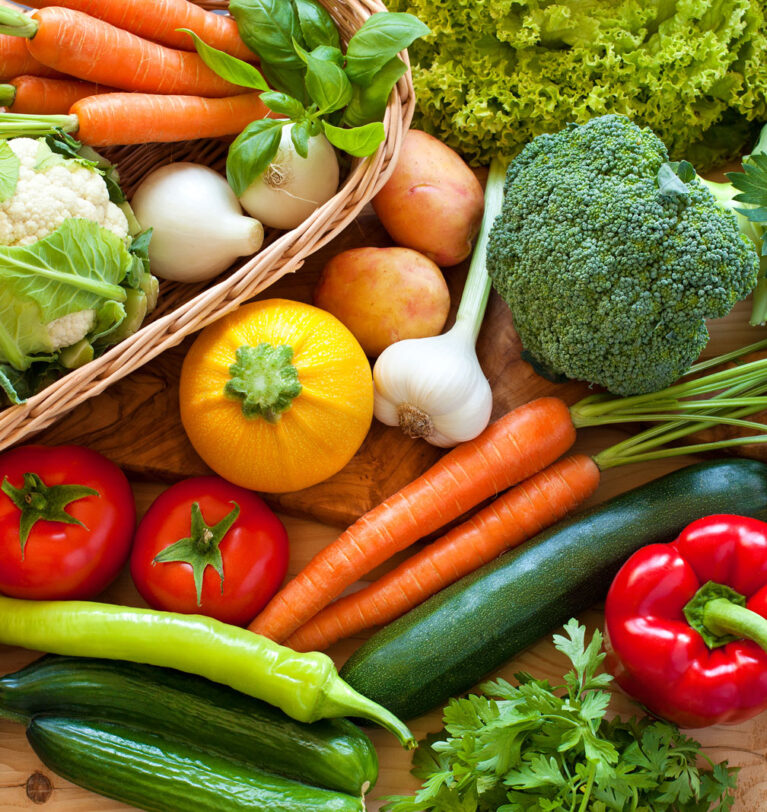OUR BLOG
The point of using Lorem Ipsum is that it has a more-or-less normal distribution of letters, as opposed to using 'Content here, content here', making it look like readable English
GET IN TOUCH
Latin words, combined with a handful of model sentence structures, to generate Lorem Ipsum which looks reasonable.
Innovations are taking place constantly that you can notice whether you use cannabis for medical purposes or recreational purposes. The trend is likely to continue this way, thanks to the less strict policies now.
This allows enthusiasts to try new things with the help of new technology.
From getting a medical marijuana card online to cannabis extraction technologies, technology is shaping the cannabis industry in various ways.
We can say that technology has brought something for everyone; the consumers, businesses, and the cannabis industry overall.
The cannabis industry creates many jobs in the United States. As the cannabis industry is taking off, it is predicted that by the year 2025, it will be a $6.59 Billion industry (or even more).
With each passing year, more and more states are legalizing cannabis for medical or recreational purposes. It’s clear that people have come a long way from the “War on Drugs.”
There has been a wealth of technological progress, which is helping the cannabis industry to flourish in the modern era.
It is clear that the industry is evolving continuously, and more transformation is coming. And most of this transformation is likely to be technology-based.
Today, we will discuss how technology is helping and shaping the cannabis industry.
The advancement of technology is changing how farmers and cannabis dealers used to do their businesses. Many benefits can be seen because of the improvement in technology.
It is beneficial for everyone as it’s helping in sales, customization, manufacturing, deliveries, purchasing, and even the consumption of cannabis. It covers everything. Let’s learn more about this, and see how technology is shaping the cannabis industry.
Technology For Consumers
Getting a Medical Cannabis Card Online
Starting off with the consumer side of things; advancement in technology has changed the way you can get a medical cannabis card in legal states. Things are changing, and now you don’t have to go out of your home to get your MMJ card.
With telemedicine, you can apply for and receive your MMJ card without even leaving your home. People can now see marijuana doctors online with the help of telemedicine.
This is especially beneficial for those people who are suffering from some kind of chronic pain or a condition in which it’s difficult to move too much.
This has been very helpful during the COVID-19 pandemic, as people are able to get MMJ cards while staying home.
Introduction of Various Mode of Ingestion
Along with the way of getting your MMJ card, technology is also changing the way you consume cannabis.
Initially, the only reliable way to consume cannabis was smoking. But today, you have various options, along with this traditional way, of consuming cannabis.
There are a variety of styles you can choose from to consume cannabis. These include –
· Vaping pen
· Tinctures
· Edibles
· Topicals
As there are more ways to consume cannabis, new avenues for the development of equipment and tools are also opening.
This will enable the production of more cannabis products, which will give consumers more options in methods of consuming cannabis.
So, if a section of people doesn’t like smoking, they can now choose other ways to consume cannabis. This is especially beneficial for medical cannabis users.
The introduction of new methods of consumption has also given the businesses opportunities to come up with new products.
We now have various CBD products in the form of topical balms, capsules, and creams.
There are some beauty and wellness products as well on the market. Besides that, the advanced technology used in vaping devices allows consumers to vape discreetly.
They also don’t have to worry about any unpleasant scent coming from their clothes afterward.
For Businesses

Photo Courtesy of Techgeeked
LED Lighting
One of the most interesting technological developments in the cannabis industry is the use of LED lights.
Earlier, growers would use high-pressure sodium (HPS) bulbs when growing cannabis.
But now, LED lights have replaced HPS bulbs, on which the growers leaned on for a long time.
HPS bulbs allowed for a highly predictable yield – something growers like. But there are certain problems with HPS bulbs like they consume a lot of electricity.
Also, they do not have a great lifespan. The growers also had to implement a climate control system because these bulbs emit a lot of heat. This would also raise electricity bills for growers.
This is why companies started turning to LED lights that last substantially longer than HPS bulbs.
LED lights impose less strain on a climate control system, and draw far less electricity. One downside of LED lights is that they cost more upfront. However, they are worth it for long term use.
Although more research is still required to see whether the crop yield will be the same or not.
Customer Care
It can be a bit challenging for businesses to manage the expectations of customers. This is especially the case when the cannabis industry is growing rapidly. But with the help of technology, businesses and customers can engage more than ever.
Businesses have various ways to communicate with customers; and customers can also give their feedback easily on their issues. Businesses and clients can now talk through websites, social media handles, emails, and more.
Other than this, businesses can store the client’s details and preferences with the help of Customer Relation Management (CRM).
This allows businesses to manage everything easily every time a customer visits their cannabis store. This makes it easier to communicate with customers. The customers also get the best experience from this entire process, which helps in uplifting the reputation of the business.
The data provided by CRM’s analytic tell the business about the behavior and preferences of a customer. This information allows businesses to re-organize. And further helps to find the approach to improve customer relations.
For The Cannabis Industry Overall

Photo Courtesy of Techgeeked
Apps
The COVID-19 pandemic has taught us that industries should be ready to adapt to global changes quickly.
This helps in minimizing the impacts on the economy. And the cannabis industry managed to achieve this successfully.
Apps have made it easy to buy cannabis online. Cannabis dispensaries made use of various apps like Eaze to deliver cannabis to consumers without breaking the social distancing rules.
This led to an increase in sales of cannabis all across the United States. While other industries were struggling, the cannabis industry was able to get through the pandemic.
There are many apps such as WeedMaps that provide valuable information to consumers about cannabis products. Users can get information about the cannabis dispensary near them with the help of these apps.
Some apps also provide information on cannabis strains. You can also find user reviews that help you learn about which strain is the best.
Cannabis Extraction Technology
As I mentioned above, we now have a lot of options when it comes to methods of consuming cannabis.
Thanks to advancements in technology, we are not just relegated to smoking cannabis. You can say that now we have an expanded menu of cannabis products.
Along with vaping, dabbing, and other new options to consume cannabis, there is one more area that’s grabbing the attention of people.
It is cannabis beverages. This has attracted investments from many brands like Corona beer.
Two good examples of such technology are CO2 and BHO (Butane Hash Oil) extraction. This gives us various CBD products that we find on the market.
These technologies in the cannabis industry enable us to strip or extract certain elements of the cannabis plant separately.
That’s why we can now get terpenes on their own, CBD oils and tinctures, cannabis concentrates, and much more.
Technology has enabled us to separate medicinal compounds from other marijuana elements.
Cannabis extraction technology has been very beneficial for CBD, particularly. Because now CBD can be accessed through low-THC hemp plants.
This makes it federally legal in the United States, and it also will not get consumers high. It is estimated that by the year 2004, the CBD industry will be worth over $20 billion.
The final products of cannabis have to pass through safety tests, which guarantees product safety.
According to studies, the responsibility of these tests is to remove impurities, solvents, microbes, and other harmful compounds.
The Future of Cannabis
All consumers want to have convenience in buying cannabis strains of their preference, edibles, or oils. And it is now possible, thanks to today’s technology.
New technologies are always helping the cannabis industry to constantly change and evolve. The points mentioned above are just a few examples of it.
New technologies are helping in all areas, from testing equipment to seeing marijuana doctors online.
Cannabis is continuing to move closer into the mainstream as more states are legalizing cannabis for medical and recreational uses.
It is likely that these technologies will help the cannabis industry to grow even more.
Source: Horticulture.pk
Photo by ryan lange on Unsplash
Although the Guggenheim’s “Countryside” show was shuttered by the pandemic, its crop of cherry tomatoes is still growing, and feeding New Yorkers.

David Litvin checks the tomatoes growing outside the Guggenheim Museum, where he is one of the few people who show up each day for work. Credit…Jeenah Moon for The New York Times
The halls of the Guggenheim Museum are pretty quiet these days, with mostly just its ghosts and some security guards as company for the art.
Oh, and there’s the guy who takes care of the tomatoes.
David Litvin, an indoor crop specialist, tends the plants in a temporarily shuttered exhibition, “Countryside, The Future.” He moved to New York from Tel Aviv in February, along with his wife, Stefanie, and their Dutch shepherd, Ester, with a plan to stay six months harvesting the Guggenheim tomatoes. He was going to see the city, too.
“I went out once to a comedy bar, but that’s it,” he said.
The museum has been closed since March 13, but Mr. Litvin still walks across Central Park every day around noon from his rental on the Upper West Side to tend to his flock. “When you grow tomatoes on Fifth Avenue, you want to have the perfect tomatoes, there’s no room to mess up,” he said. “If I have ugly plants, I’ll hear it from the neighbors.”

In the evening, the light from the exhibit casts an alien glow onto Fifth Avenue. Credit: Jeenah Moon for The New York Times
These days, you can’t visit the mummies at the Metropolitan Museum of Art or soak in “The Starry Night” at the Museum of Modern Art. But you can still stand in front of the Guggenheim and get a good look at a thicket of cherry tomato vines and a really big tractor.
The tomatoes, housed in what looks like a radioactive shipping container on the sidewalk, were on view as part of the exhibition for just three weeks before the city folded in on itself. But they’re still growing, their vines snipped every Tuesday and donated to City Harvest, at least a hundred pounds at a time.
“This tomato-growing module couldn’t just be turned off with the lights,” said the Guggenheim curator Troy Conrad Therrien, who organized the exhibition with the architect Rem Koolhaas, and Samir Bantal of AMO, the research arm of Mr. Koolhaas’s firm. “We brought the exhibition to the street, and the street is still accessible.”
The tractor is a top- of-the-line Deutz-Fahr 9340 TTV Warrior. It has a computer in the cab, can lift more than 26,000 pounds and looks completely out of place on the Upper East Side. But the tomatoes look nice there. The shed’s color matches the Guggenheim’s bone-white facade, and neat rows of vines — along with Mr. Litvin, when he’s there — are visible through a plate-glass window, bathed in a neon pink light that spills onto the sidewalk after sunset.

Brioso tomatoes are the variety growing at the Guggenheim.Credit…Jeenah Moon for The New York Times
Source: Horticulture
LAHORE: The agriculture experts on Wednesday advised farmers to start cultivation of strawberry from the advent of February and complete it by mid of March to get a bumper yield.
A spokesman of agriculture extension department told APP here that strawberry fruit is rich of various antioxidants, fiber and vitamin-C which improves immune system of the body. He said the farmers should cultivate it on maximum land as it would help to mitigate financial constraints.–APP
Source: Horticulture.pk
BURNING the crop and taking out protest rallies in the Kasur, Pakpattan and Sahiwal districts of Punjab’s potato zone reveal the growing unrest among potato growers. Currently the market rates for potatoes are much lower than their cost of production.
To the concern of the nascent PTI-government, farmers seeking a support price mechanism for their produce as a protection against negative market forces launched a province-wide protest drive from Jan 15 by staging a sit-in outside the Punjab Assembly.
The provincial government reacted swiftly and managed to end the protest at least for the time being. It arranged a meeting of the protestors’ leaders with federal authorities this Wednesday (Jan 23) with the promise that an all-out effort would be made to resolve all issues related to exporting potatoes.
Punjab, particularly the 12-district-belt that runs from Kasur up to Khanewal district in the south, is the hub of potato production for it gives over 95 per cent of the national produce. Potato is a major staple food and has a significant contribution to the national domestic consumption and food needs.
Despite all odds, growers have reaped a bumper crop. But the commodity has not been fetching a reasonable price from the market, creating a potentially disastrous situation
Despite all odds, growers have reaped a bumper crop as potato acreage has been increasing on a year on year basis. But the commodity has not been fetching a reasonable price from the market. In Okara Mandi, the major potato market in the region, a bag of around 120kg was being sold for around Rs650-725 last week — much lower than its production cost.
Safeer Hayat, a potato trader from Okara, claims that he stored a large quantity of the crop last year in the hope of getting a good price during the off-season. But he could only get Rs1,000 per bag against his total purchase, plus storage cost, of Rs2,200 per bag.
Mr Hayat fears the bumper crop this year will result in a glut in the market and may further lower prices.
Potato Growers Society Vice President Chaudhry Maqsood Ahmad Jatt claims that the total cost of a bag of potatoes, from sowing up till it’s transportation to the market, stands at over Rs2,000. Hence, growers are losing at least Rs1,300 per bag at the current rates.
Providing a breakup of the cost, he explains that at least 13 bags of potato seed are used per acre for sowing and each bag of quality imported seed costs Rs9,000. A sum of Rs60,000-70,000 per acre is spent on fertilisers, pesticides, labour and paying rent for land.
Whereas after harvesting, growers have to pay Rs100 per jute sack, Rs100 per bag for transportation, Rs10 as loading and unloading charges and Rs20 commission to the arhti (commission agent).
The difference between the cost of production and yield price is so high that it has left growers unable to sow the next crop — maize — he says.
Mr Jatt, who is also the chairman of the Potato Research and Development Board Punjab, recommends that the government take at least two steps to improve the lot of potato growers and save them from financial losses.
Firstly, it should immediately arrange and promote export through land routes to neighbouring Iran and Afghanistan up to the Central Asian States.
Then, it should announce a subsidy, like in India, for potato exporters with the condition that they will pay the growers prime rate for the produce.
Lahore Chamber of Commerce and Industry President Almas Haider seconds Mr Jatt’s suggestion and urges the government to immediately provide relief to potato exporters for disposing off the surplus 1.6 million tonne potato crop in foreign markets to save the domestic market from crashing.
He argues that as the Pakistani potato is in great demand in Russia, Malaysia, Sri Lanka and the Middle East, its export to these and other destinations may not only save farmers but also help earn precious foreign exchange.
The government, however, is so far oblivious to the plight of the growers. “The rulers are not even listening to our problems let alone trying to solve them,” grumbles a farmer leader who has been abortively trying to get an appointment with Punjab Governor Muhammad Sarwar for more than a month.
“The government is offering subsidies worth billions of rupees to sugar millers but ignoring potato growers despite repeated demands,” says Pakistan Kisan Ittehad Punjab President Rizwan Iqbal.
In line with the rest, he adds that as a short-term measure the government should announce a subsidy for potato exporters and support price for the crop which will save farmers from starvation.
Amjad Mahmood
Dawn.com
Source: Horticulture.pk
LAHORE: Prices of tomato and chilli have gone up manifold in the city in the last couple of months.
Tomatoes were available on an average rate of Rs24 per kg in the corresponding period in the last year but the vegetable fruit is being sold from Rs100 to Rs200 per kg now.
Similarly, the prices of green chilli hardly crossed Rs100 in the year 2018. Now, its prices have gone up in the last one month to Rs400 per kg in the local market.
The two vegetables, particularly green chilies, are seldom seen on vendors’ carts.
The administration fined many vendors in Sunday Bazaars for not bringing green chilies for sale at their stalls.
Yasin, who runs a vegetable shop in a posh locality, passes the buck for skyrocketing prices of vegetables, including tomato and green chilies, on to the auction system in mandis (wholesale markets).
He said that in the absence of a price ceiling in the markets, arhtis or commission agents and middlemen were free to sell the commodities at the rates of their own choice without any let or hindrance, while poor retailers were forced by various government departments to sell the merchandize at fixed rates, even below than their purchase prices.
“How can we sell a thing bought at Rs100 per kg at Rs80 or even at the purchase price as we have to pay transportation charges, shop rent, electricity charges, etc? Don’t we have families to feed by earning some profit from our day long labour?” he questions.
An official of the agriculture department, which is responsible for ensuring supplies to Sunday bazaars, says that since Punjab does not produce tomato and green chili crops at this time of the year, these are supplied from Sindh and Balochistan provinces and thus are sold at comparatively high rates here.
Rain in the last four weeks damaged crops and cut off supply routes which led to an unusual increase in the prices, he added.
He said that the prices would not go unusually higher in the past because there was the option of importing them from India through Wagah border. Since the imposition of non-tariff barriers by both sides, and tensions prevailing in the wake of India’s Balakot aggression, supplies from India have become a matter of the past and the end-sufferer is the consumer.
Souce: Horticulture.pk
FAISALABAD – The country can increase vegetables and fruits production by 20 times by adopting modern agricultural technique ‘hydroponic’. This was stated by agricultural experts at the inauguration of hydroponic greenhouse, arranged by the Water Management Research Centre, University of Agriculture Faisalabad (UAF) here Friday. UAF Vice-Chancellor Dr Muhammad Ashraf inaugurated the hydroponic.
He was flanked by DG Water Management Punjab Dr Muhammad Akram, Water Management Research Center UAF Director Dr Muhammad Irsahd, Dr Ahmad Waqas and other notables also attended.
Source: Horticulture.pk







